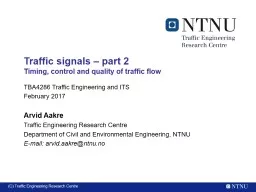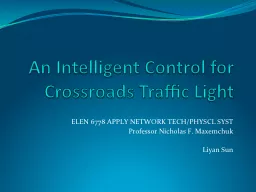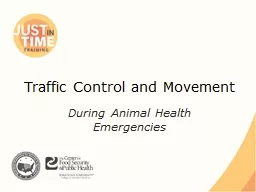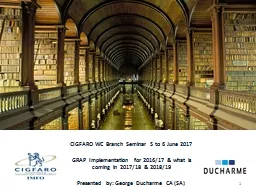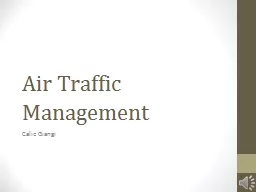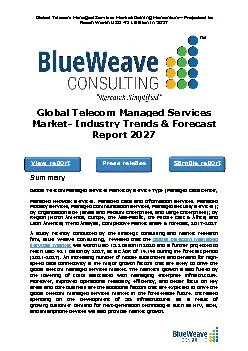PPT-Managed motorways Seminar Traffic Management and Control June 8
Author : myesha-ticknor | Published Date : 2019-11-02
Managed motorways Seminar Traffic Management and Control June 8 th 2017 Thon Hotel Bristol Oslo Arvid Aakre Traffic Engineering Research Centre Department of Civil
Presentation Embed Code
Download Presentation
Download Presentation The PPT/PDF document "Managed motorways Seminar Traffic Manage..." is the property of its rightful owner. Permission is granted to download and print the materials on this website for personal, non-commercial use only, and to display it on your personal computer provided you do not modify the materials and that you retain all copyright notices contained in the materials. By downloading content from our website, you accept the terms of this agreement.
Managed motorways Seminar Traffic Management and Control June 8: Transcript
Download Rules Of Document
"Managed motorways Seminar Traffic Management and Control June 8"The content belongs to its owner. You may download and print it for personal use, without modification, and keep all copyright notices. By downloading, you agree to these terms.
Related Documents

